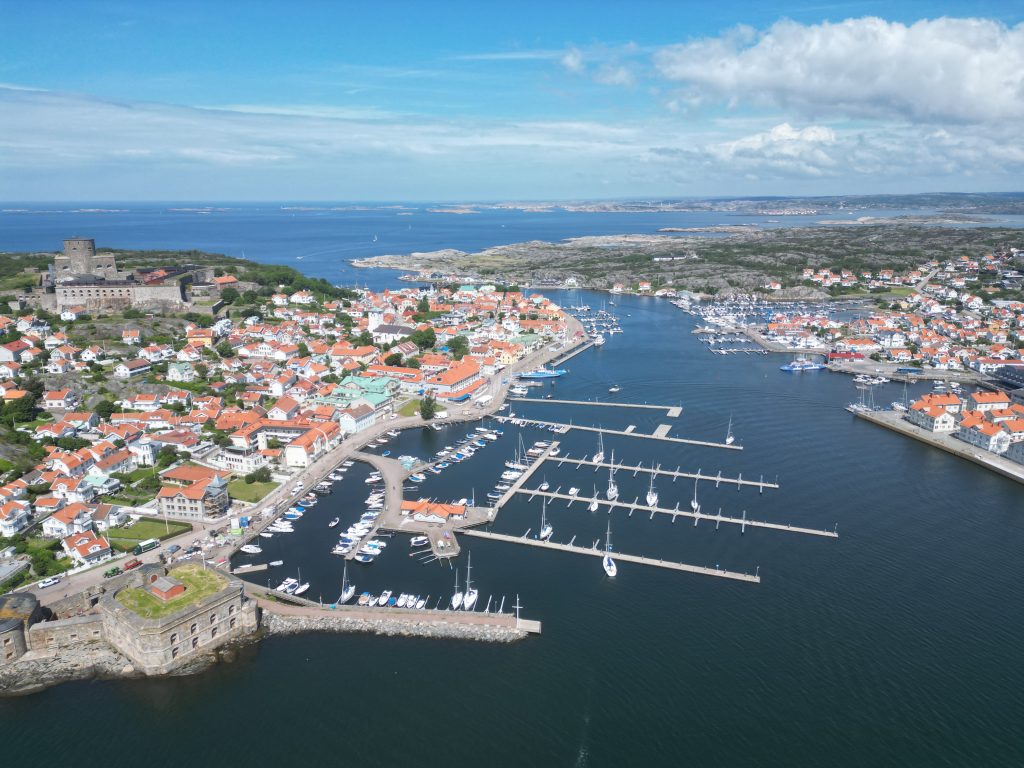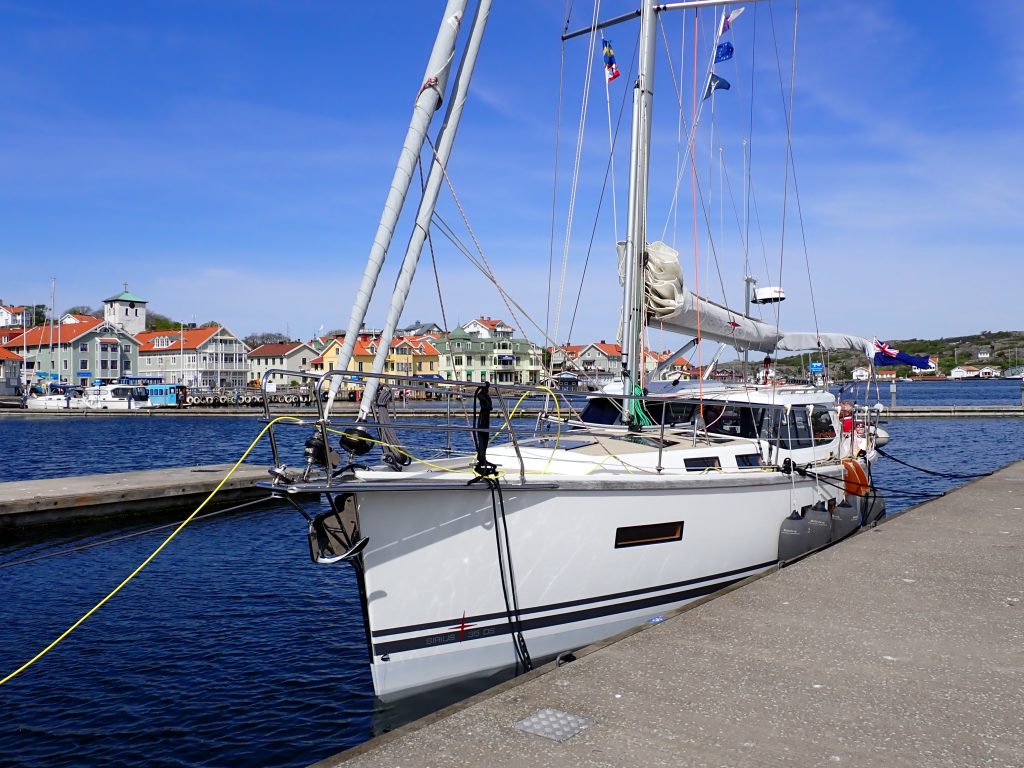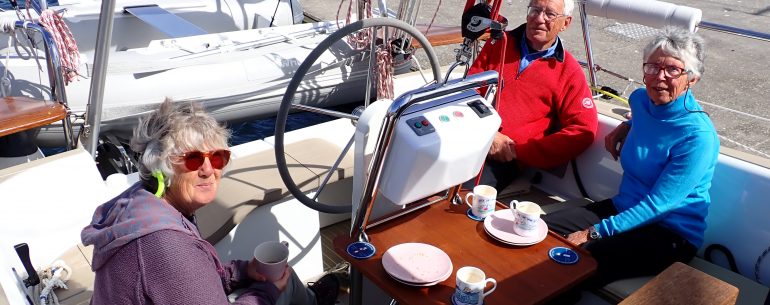A short run today and a relaxed start. We decided to head across to Marstrand – visible across the water from Åstol. The total trip was 3 miles, so hardly strenuous! In Marstrand we moored on one of the visitor’s berths alongside a Dutch boat, realising after we had moored next to them that we were the only two boats in the guest harbour – they must have wondered why we chose to go directly next to them! However, given the forecast winds, it seemed the most secure spot.

After lunch we headed off to try and find various bits and pieces in the chandlery on the next door island of Koön. A fruitless trip as they didn’t have Camping Gas (despite the Google review saying they did – who knew there was innacurate stuff on the Interweb!) and didn’t have any ropes of blocks that we were after. So, instead we headed off for a walk around the island.

The history of Marstrand, in common with much of Sweden, is a complex one. In 1449, the Danish king Christian I (who became king of Sweden in 1457) was elected king of Norway in Marstrand – clearly a man confused about which country he was governing. However, by the 17th century Marstrand and the rest of the Bohuslän region became part of Sweden with the signing of the Peace of Roskilde and it was in this year that the construction of the Karlsten Fortress began. The Karlsten Fortress is the dominant feature of the island and indeed of much of the coast. Its commanding position at the highest point of the island enabled it to control the region and the fact that the area didn’t freeze in the winter made it important economically as well as militarily. The fortress is made completely of granite and until 1854 was also used as a prison, housing some quite famous prisoners (well famous to the Swedish!). However, despite the sea not generally freezing over in the winter, it is easy to understand why one in five prisoners died each winter in the fortress.
Around 1800 Marstrand was connected to Gothenburg by the optical telegraph. This was a system of 10 iron shutters mounted on a mast, each of which could be set in two positions, open and closed. This allowed for 1,024 combinations and meant that extensive messages could be sent, though brevity was the key if the message needed to get there quickly! This system was very popular particularly in the archipelago regions as it was easy to have signal stations in line of sight. It was invented by a Frenchman – Claude Chappe – in 1792 and, as with so many things, was used initially for military purposes, but Sweden were the second country, after France to adopt it, perhaps due to appropriate topography. Chappe actually called his system ‘semaphore’ from the Greek sema (to sign) and phoros (to carry). However, the French preferred the term telegraph, so the system was usually termed the ‘optical telegraph‘.
Marstrand (which for some reason has always been called a city) had free port status from 1775 to 1794. This was awarded by King Gustav III. However, once the free port status was abolished and herring fishing declined, Marstrand had to reinvent itself and it did this by becoming a seaside resort. Annual visits by King Oscar II and other genteel guests to the Societetshuset and the warm baths in Marstrands Varmbadhus (also known as Båtellet) assured the town of its new found status. It remains somewhere which attracts large numbers of genteel (and some not so genteel!) people ….
